A New Book Probes the Heart of German Wine
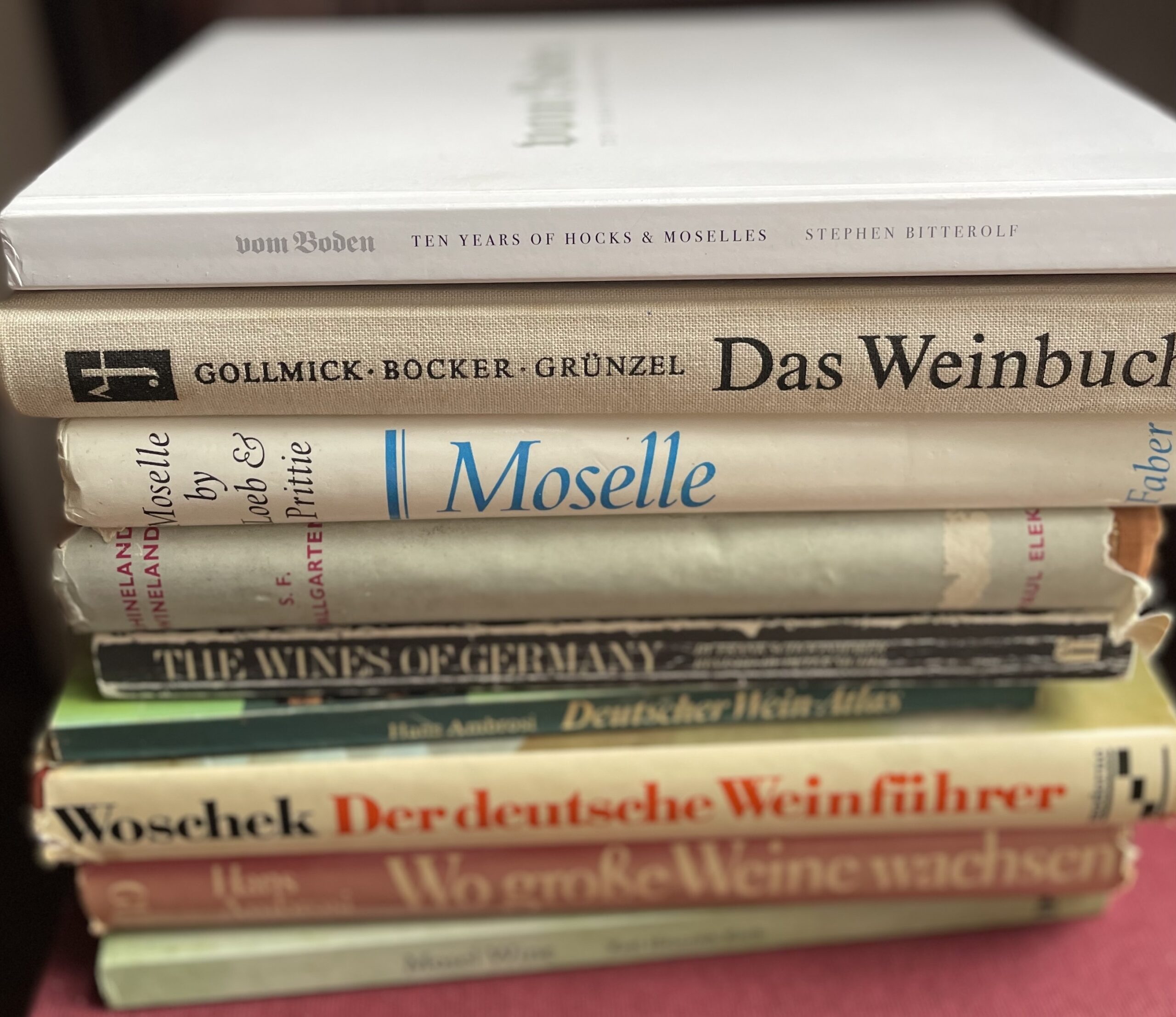
Stephen Bitterolf’s new book “Vom Boden: Ten Years of Hocks & Moselles” in review.

Stephen Bitterolf’s new book “Vom Boden: Ten Years of Hocks & Moselles” in review.
Writer, Editor, Publisher
Valerie Kathawala specializes in the wines of Germany, Austria, South Tyrol, and Switzerland, as well as those closer to her home in New York City. Her work appears in the pages of Noble Rot, Full Pour, SevenFifty Daily, Meininger’s Wine Business International, Pipette, Glug, Pellicle, and a number of other tolerant publications.

March 25, 2024 Update: Eva Fricke and the German Wine Collection no longer together. Apparently, the tango takes even more complex footwork than either party anticipated. And the frisson of friction is real. In wine, the relationship between importer and producer works better when it’s more tango than transaction. First there is the careful footwork of their own internal negotiations, then a set of fancy steps together for the audience. The goal is to position the new producer within an aesthetic and cultural context that would-be consumers will find attractive. It is a delicate dance that requires surprising intimacy and…...
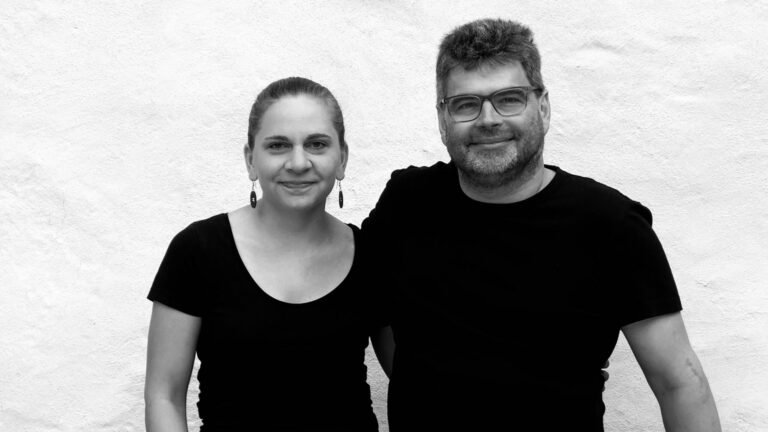
What do one of the Mosel’s oldest winemaking estates and a country with a fledgling wine-drinking culture have in common? The answer, as with most things in life, is Riesling. “German Riesling has become a synonym for white wine in Finland,”” says Heidi Mäkinen MW, Portfolio Manager for Viinitie Oy, one of that country’s largest importers of German wine. “Finns like the freshness and fruit, and Riesling is one of those wine words that’s incredibly easy to pronounce.” As Viinitie’s new portfolio manager, Mäkinen, for whom work and private life has little separation, has kicked off her holidays 2,000 kilometers south of her…...
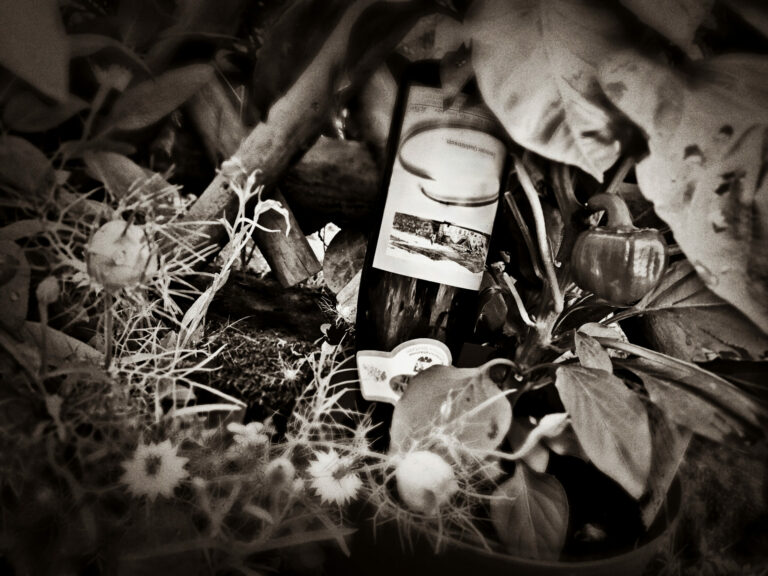
“Dry” describes what wine drinkers overwhelmingly profess to desire. And “trocken” can only appear on labels of German Rieslings with less than 10 grams of residual sugar. If one desires sweetness, there is no lack: Most of today’s Kabinetts are higher in sugar than were Auslesen of the 1980s. (Granted, the grapes were probably also higher in must weight.) Aesthetically as well as commercially, success in the realm of legal dryness—Trockenheit—as well as that of pronounced sweetness, can scarcely be denied. German Riesling growers have long since succeeded in proving that they too can render world-class dry wine, while simultaneously…...
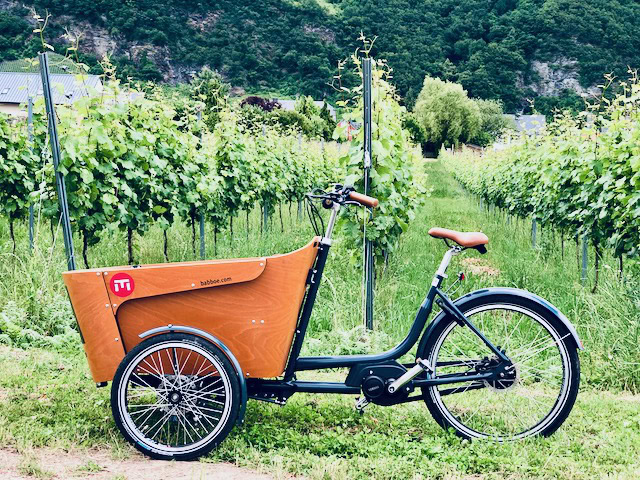
Learn more about the most dynamic way to interact with 120 producers in just one weekend.
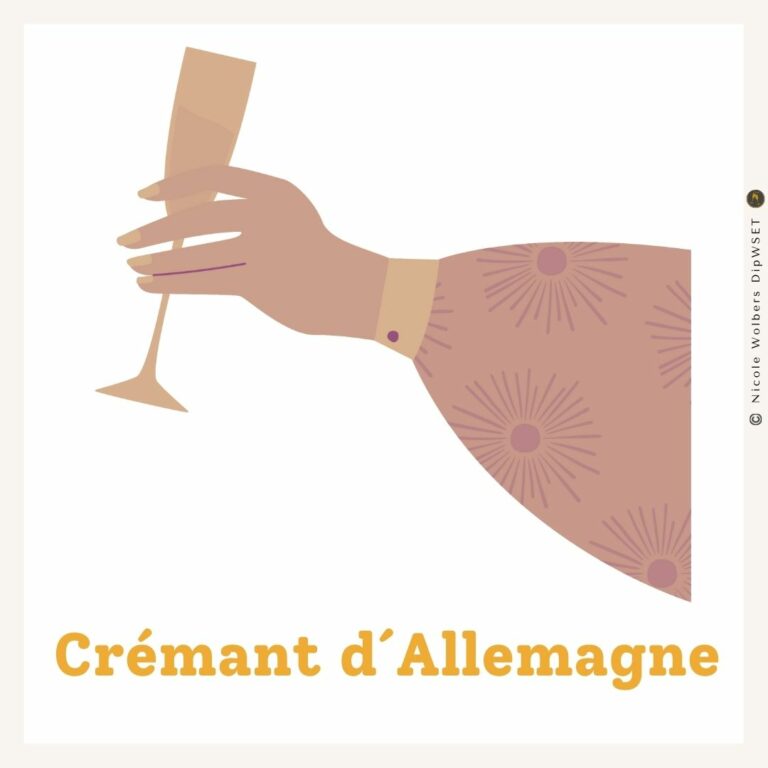
German Crémant is one of sparkling wine’s best-kept secrets. The high-quality classification requires strict hand harvesting and whole-bunch pressing to ensure that only the purest juice is used. Since its legalization over a decade ago, it has built a sparkling identity for itself, separate from its more established cousin Sekt. As one of the world’s best-selling sparkling style, crémant has at some point most likely graced your glass. Wine aficionados appreciate it for its delicate mousse, high quality, and ultimate value. Yet even among those who know and love crémant, few are aware that, far from being the sole property…...
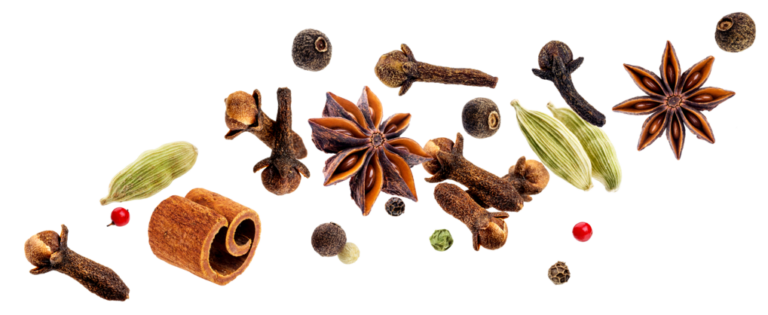
Picture yourself at a German holiday market (if such things were happening in 2020) — a mug of glühwein in hand and the scent of fresh pfeffernuss cookies in the air. It’s no surprise that these warm, spicy aromas are key attributes in many wines from Germany and Austria, South Tyrol, and the German-speaking parts of Switzerland. And there’s a hidden world of compounds and precursors to thank for this distinctive and alluring range. Much like a chef in the kitchen, growers can influence the aromatic and flavor complexity of their wines by playing with soil type, exposition, vine age,…...
Enjoy unlimited access to TRINK! | Subscribe Today